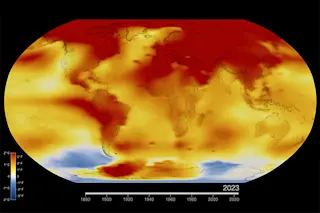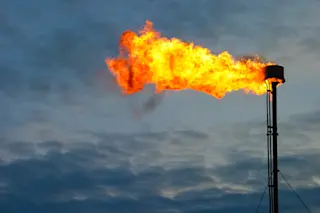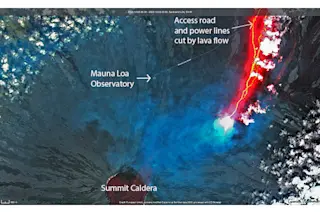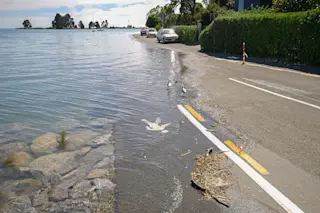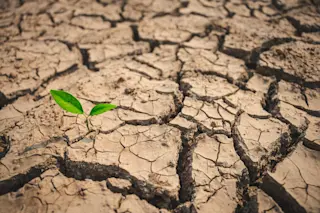At least 65 people died in an earthquake that struck New Zealand's second-largest city, Christchurch, yesterday. As the city digs out from the rubble created by the magnitude 6.3 quake, some there are worried the death toll could climb into the hundreds. And as seismologists unravel the details, it's becoming clear why this quake was so much deadlier than previous seismic events in New Zealand.
Photographs and video from Christchurch, a metropolitan area of nearly 400,000 residents, showed people running through the streets, landslides pouring rocks and debris into suburban streets and extensive damage to buildings. Witnesses told of watching the spire of the iconic Christchurch Cathedral come crashing down during an aftershock. One witness called it “the most frightening thing of my entire life,” and television footage showed a person clinging to a window in the cathedral’s steeple. [The New York Times]
This is the second major earthquake
to ...


